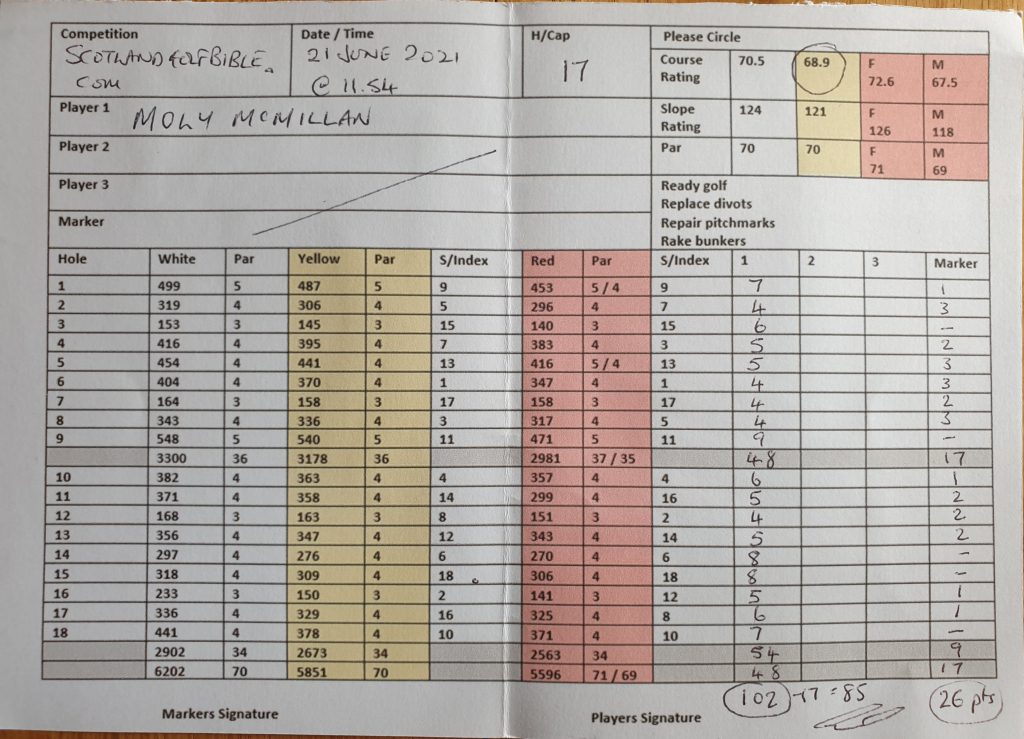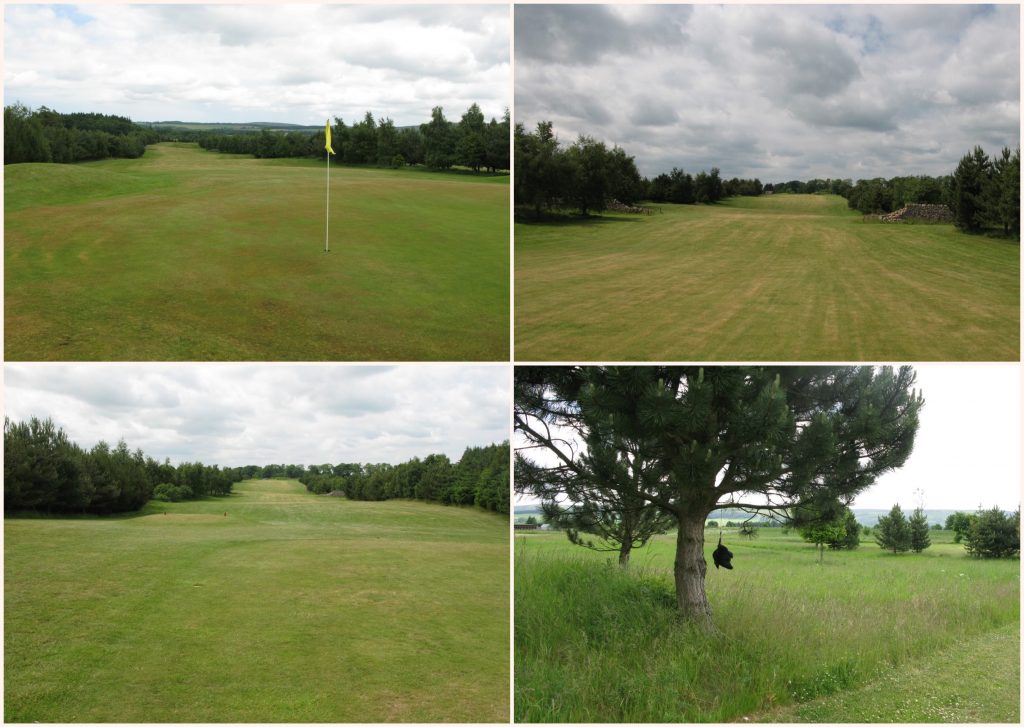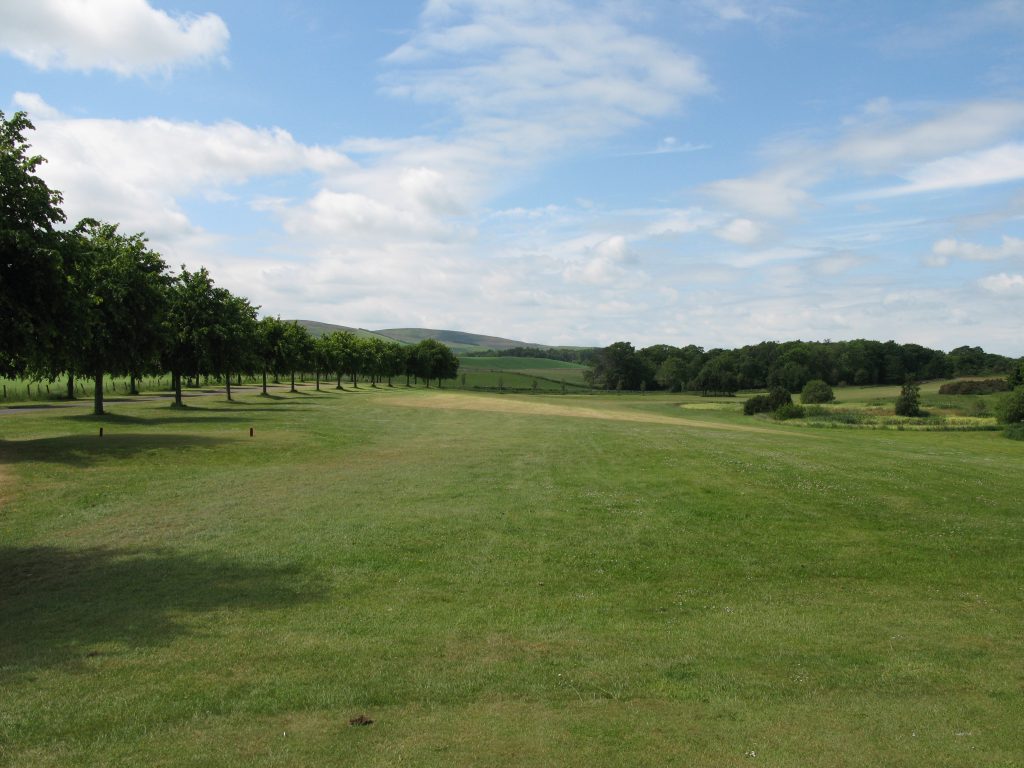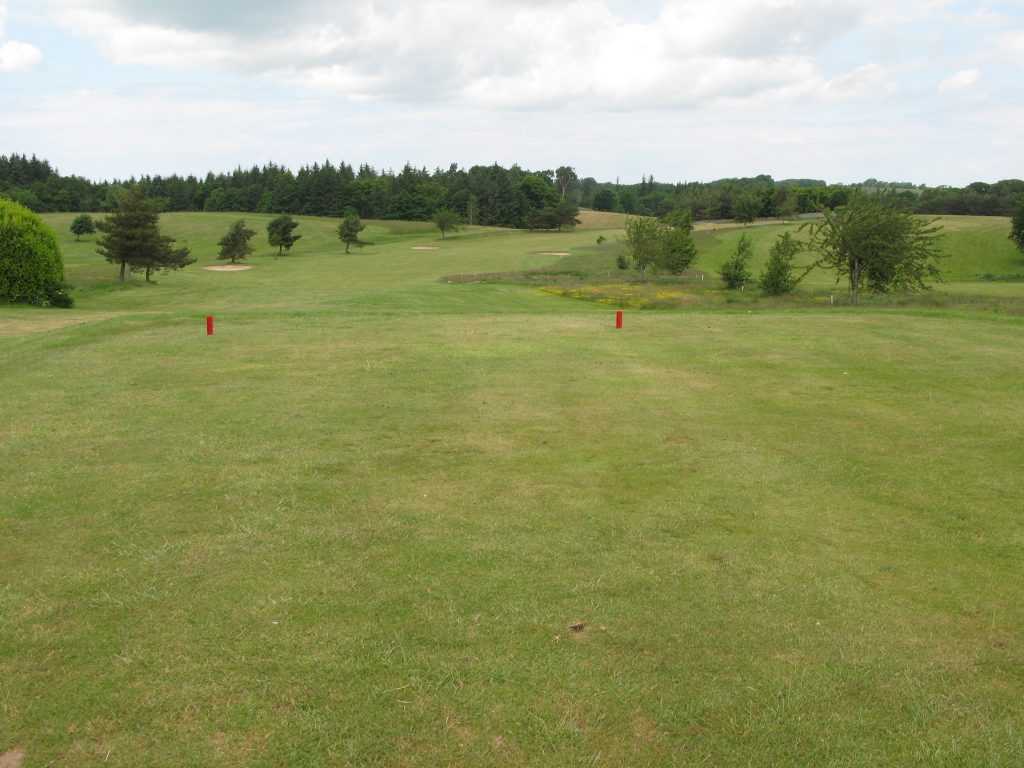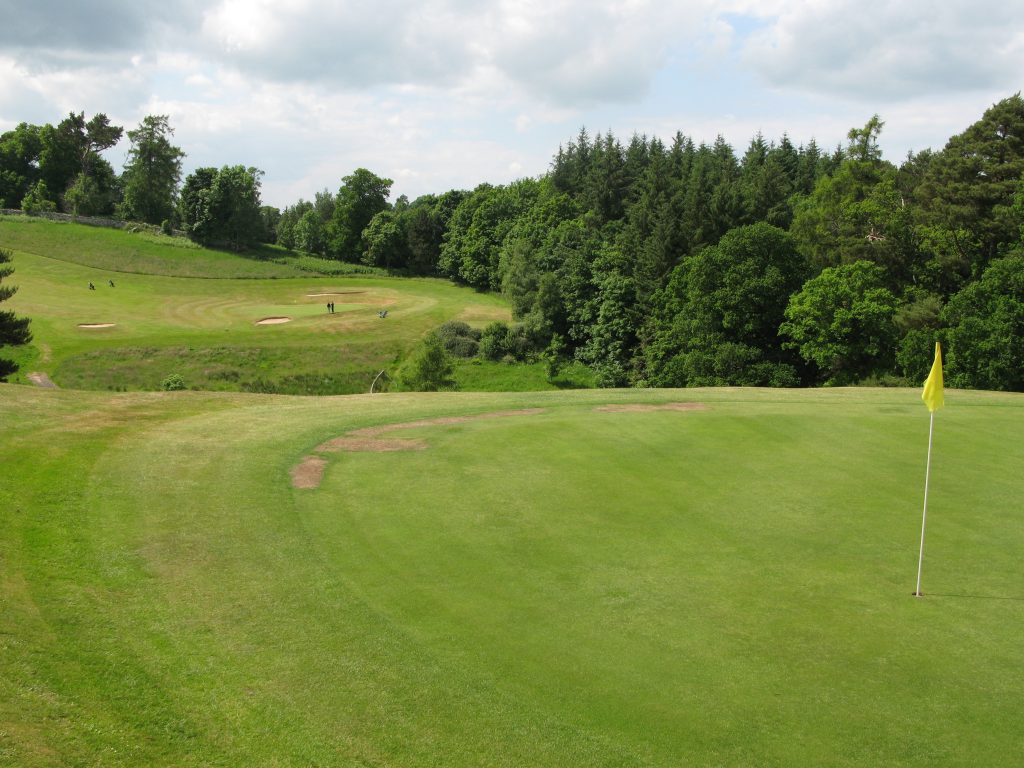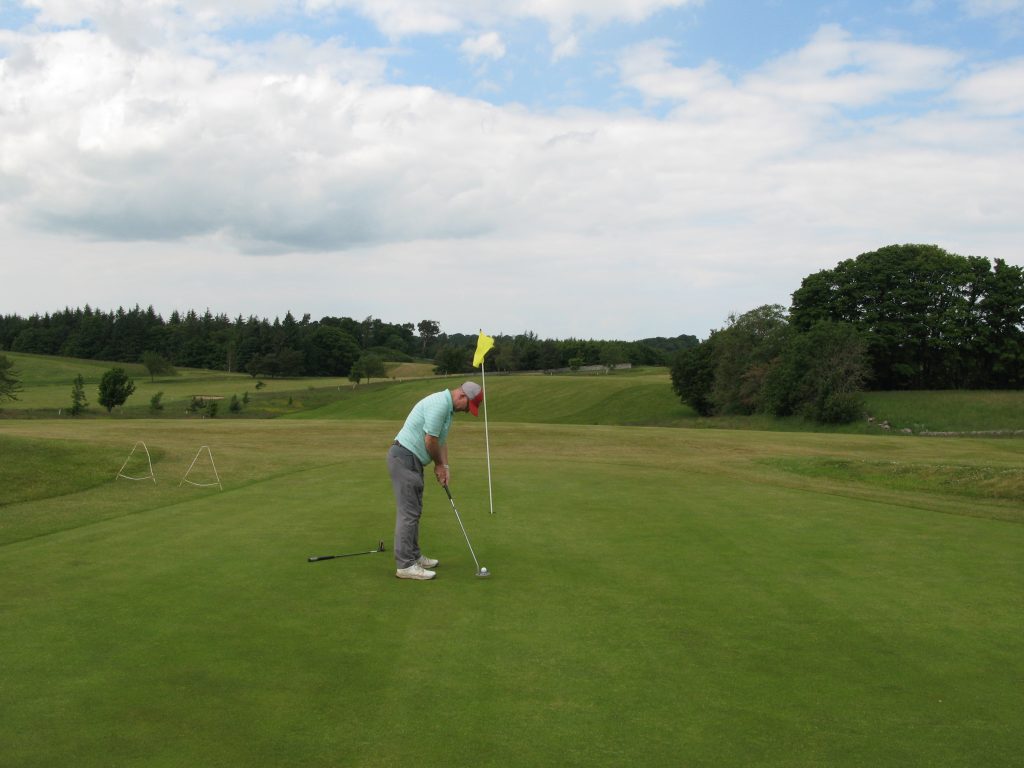This course’s struggle epitomises Scotland’s golfing challenge
Round £30. Par 70. Course Rating / Slope Rating (yellow) 68.9/121. Value (out of 5) – 2.5
One of the sadder days of my golfing life, was reading about the closure of Camperdown golf course in my home town of Dundee in 2020, a course that I’d once written about as “probably the best value golf in the world“. Thankfully, it has recently been announced that a 9 hole course will be re-opened along with a driving range.
One of the legacies of being the ‘Home of Golf’, is that on a per head basis Scotland has the most golf courses of any country. Moreover, when analysed on the GDP per head basis, it’s clear Scotland doesn’t have an economy big enough to sustain so many courses. The long term decline in courses seems set to continue.
However, this is not a ubiquitous story. Whilst attending a conference of Scottish Golf in 2018, one of the things that became apparent to me, was the divide existing between “have” and “have not” clubs, exposed during a debate about increasing the Scottish Golf ‘members sub’ paid as part of each individual golf club fee. There were several speakers from wealthier clubs (those likely occupying the top 100 Scottish courses) who resented any increase in the levy, as they were “doing very well, thanks very much”.
The evidence as I see it, is that the top courses make significant visitor fee income, with many courses costing well over £120 per round, whilst their annual membership fees remain significantly under £1000 per year. For example, for 2022 Carnoustie will charge £270 per visitor round during Summer, but local members only paying the equivalent of not much more than 2 visitor green fees for their annual membership. Living close to a top course is like winning a mini golfing lottery.
Considering the courses outside the (say) top 200 courses, of which Castle Park, in Gifford, is a good example. Opened in 1994, during a period of golfing optimism, by 2015 Castle Park was up for sale and highly anticipated that it would revert to farmland; it was not commercially viable. It was saved from closure by a local Gifford businessman, Craig McLachlan, with a partnership consortium resolved to keep the ‘community resource’ open. This threat to courses and passion to keep them open, is understandable, but the big picture economics will remain a challenge.
So has it been worth it, in Castle Park’s case – from a golfing perspective? The short answer for me sadly is no. I would anticipate the continued struggle. Why?
Castle Park sits in a lovely part of the East Lothian countryside, adjacent to the Lammermuir Hills and the affluent village of Gifford, which also has a wonderful Harry Colt designed 9 hole course (Gifford golf course). Many of the Gifford GC Members are also members at any number of the world class courses along the nearby East Lothian ‘Golf Coast’. Gifford is only 20 mins from Gullane Golf Club. So to say the golfing competition is fierce, is an understatement.
Perhaps as a ‘PR defense mechanism’, the course’s website declares itself “The Gleneagles of the South — Peter Allis”. Let’s examine the evidence:
> The scorecard was a haphazard affair on a printed piece of normal paper.
> On arriving at the club and showing our www.golfnow.com booking, we were told “They shouldn’t have allowed your booking” – as if it was our fault! Why do some people go into service?
> Two of the management team were driving around on a buggy – when we walked very close by them we were completely ignored, almost as if we ‘didn’t exist’.
> The tee markings were wooden pegs – no nomenclature.
> There was no guidance to find the next tee boxes, even although it was not always clear. We were well down the “11th” before we realised we were actually playing the 18th, that being the only tee box visible from the 10th green.
> There were dead crows hanging from trees everywhere, apparently to stop the crows eating worms (according to a green keeper).
I honestly find it hard to believe that Peter Allis would have made his Gleneagles comparison. I wonder whether he ever played at Castle Park?
The course itself is a tale of two halves. The front nine is an easy walking affair, but the back nine is very undulating and a really tough walk. It is fairly open parkland, but very long penal rough when you do miss the generous fairways. The greens were well watered and very true, but some had several patch repairs. The bunkers were shallow with insufficient sand.
Overall, it was a fairly tough challenge but with some decent holes; the slope index of 121 from the yellows, might have been from a 110 front 9, and a 130 back nine. The memorable holes were mainly on the back, with the par three 12th, played over a valley and the long par three 16th being the highlights for me.
The tale of two halves also represented my score, with 17 stableford points going out, and only 9 points coming back.
The best part is the price which is a very affordable £30, the price alone telling the story of the quality. It’s 2.5 star value, but lets not kid ourselves, this is no more “The Gleneagles of the South”, than Peter Allis, God rest his soul, is part of the woke generation. It’s also too tough a walk to be used as a Society day out – in my humble opinion. That’s why it sadly will struggle – no amount of ‘questionable’ PR will address that.
Course Type: Parkland
Par BB (2 par 5s, 12 par 4s, 4 par 3s)
Distance: 5851
Moly’s Gross score: 102
